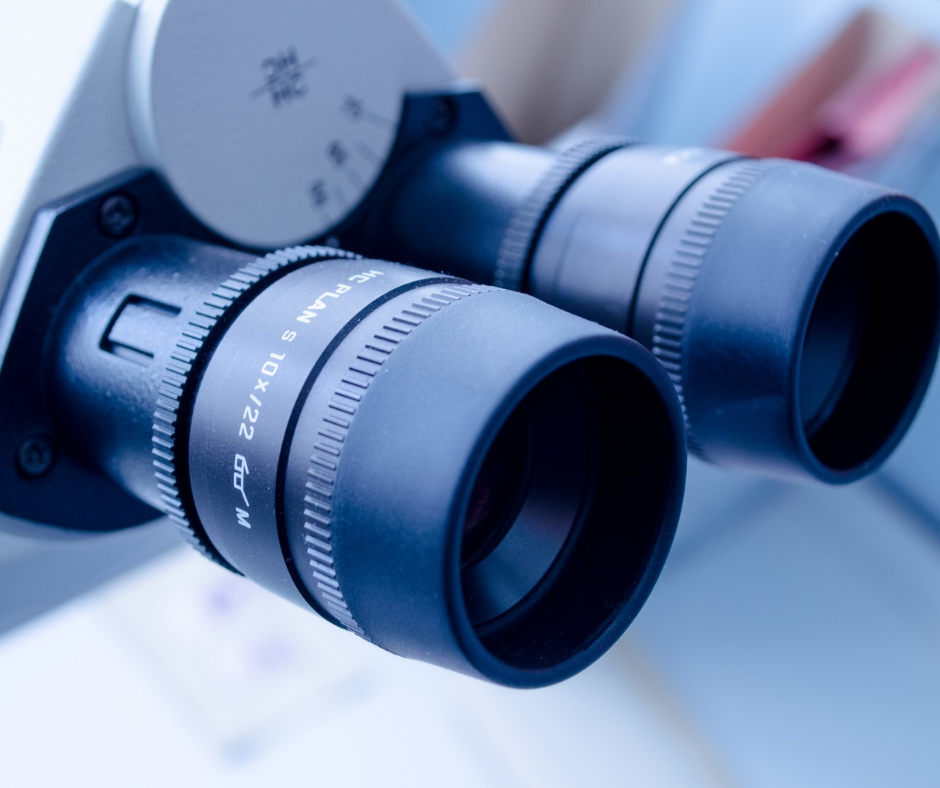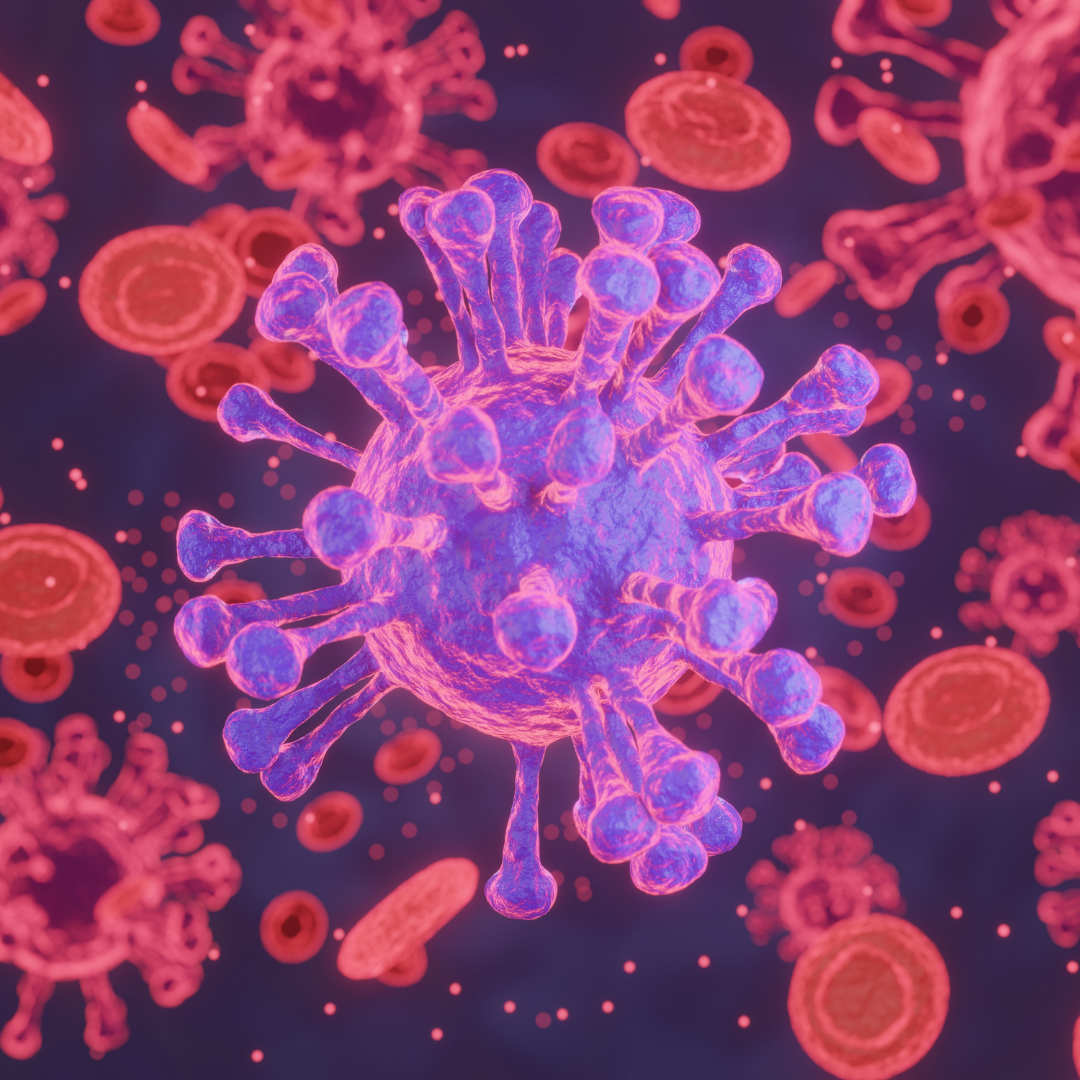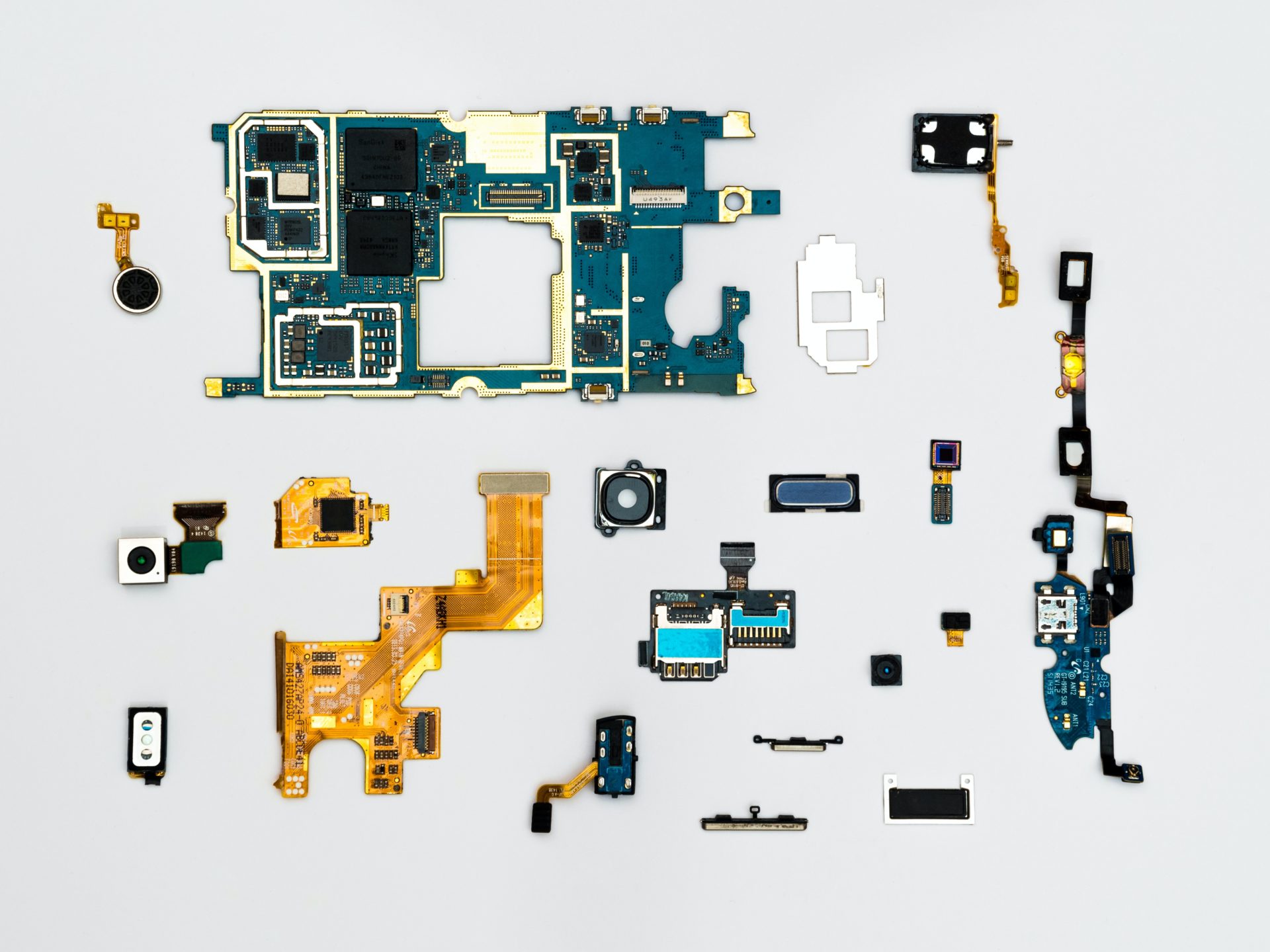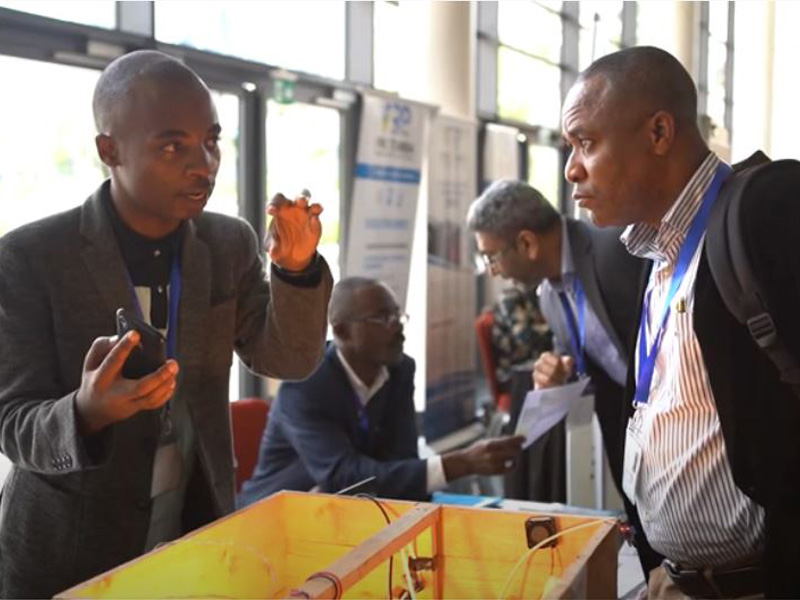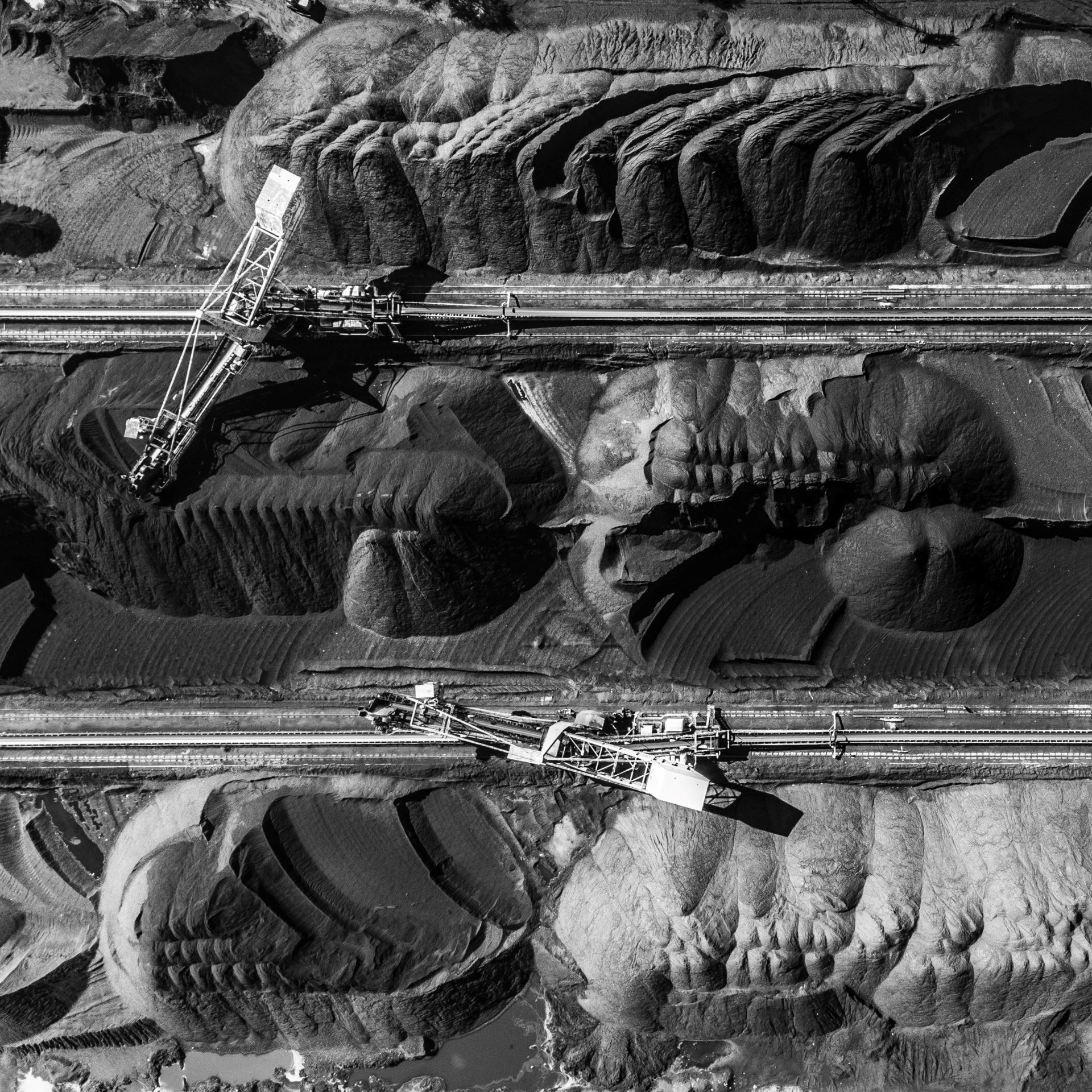Agricultural Data from Acoustic Monitoring
Thematic Area: ICTs including big data and artificial intelligence
University: University of Rwanda (UR)
Project Leader: Dr. Emmanuel Ndashimye
Collaborating Partners: Rochester institute of technology (RIT), USA.
Duration: 2 years
Project Overview
Preamble
The motivation for this project is the critical need to improve general farming practices in Rwanda and elsewhere in East Africa. There are many possible approaches to improving farm practices, but blindly applying practices without knowing whether they will be useful can be very inefficient. Successful farmers understand the problems they face by simple observation. One-way farmers can understand the status of a crop or herd is by listening. However, just as with visual observation, a farmer cannot always listen everywhere on their farm. This project proposes to build passive acoustic listening networks for use on farms to give farmers “ears” throughout their lands and in their buildings, 24 hours per day. The focus of this project then is to build low-cost acoustic sensing networks and to create machine learning techniques for processing acoustic data into information.
The technology
The project seeks to deploy AudioMoths microphone devices for collecting acoustic data from farms. In terms of hardware, the key capabilities to develop are powering the device, networking devices so data can be transmitted rather than stored on microSD cards and decreasing cost. Networking can be accomplished with Internet of Things communications protocols and hardware added to the system (LoRA, for example)
Expected Impact
There are three main outcomes for the project that will support the objectives. The first is the capture and delivery of useful information to farmers about the status of their farms. The second outcome is advancement in machine learning techniques for processing the acoustic data into useful information. The third outcome is advancement in adapting machine learning algorithms for embedded processing.
For more information, please contact the Project Leader.


